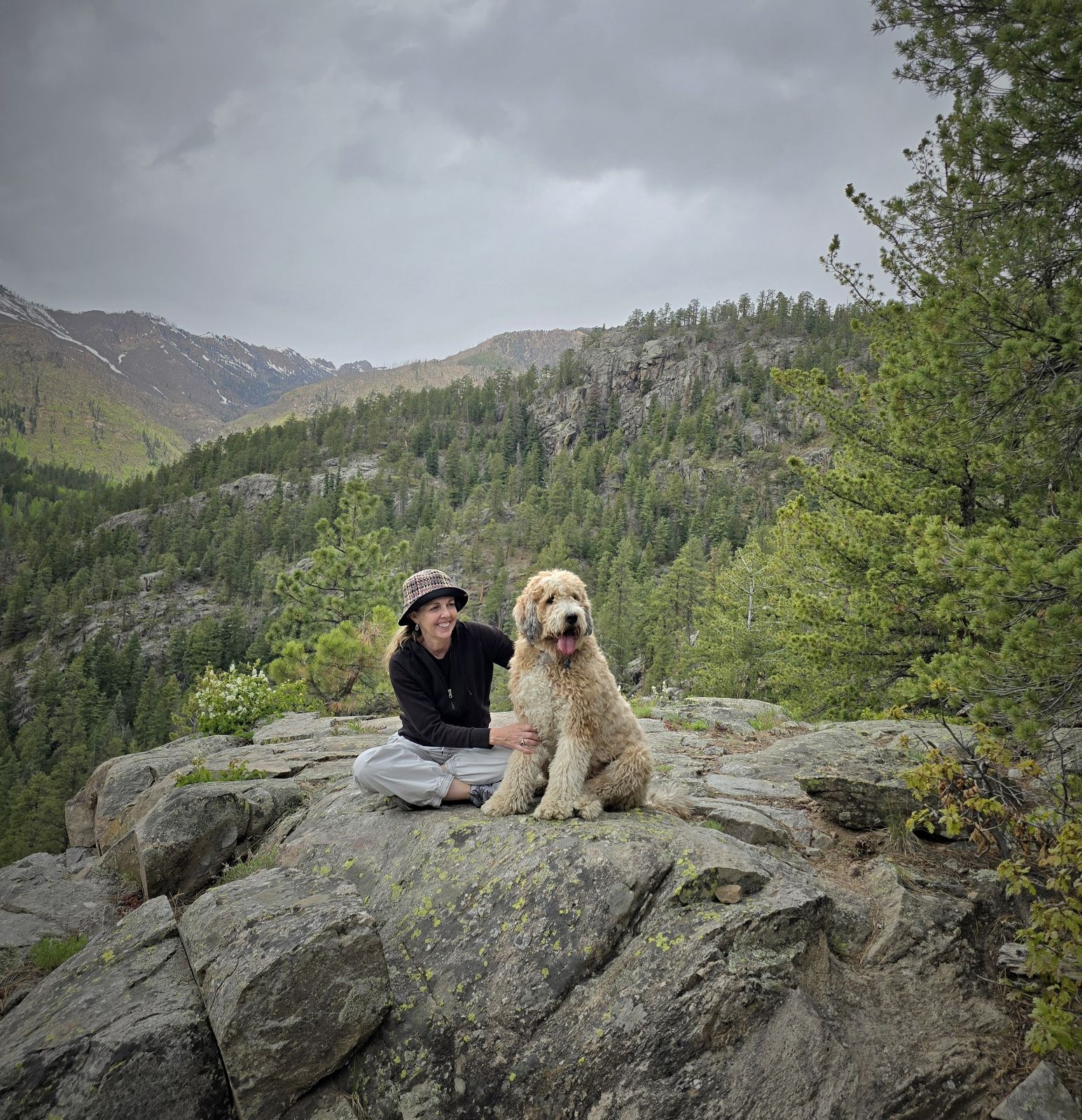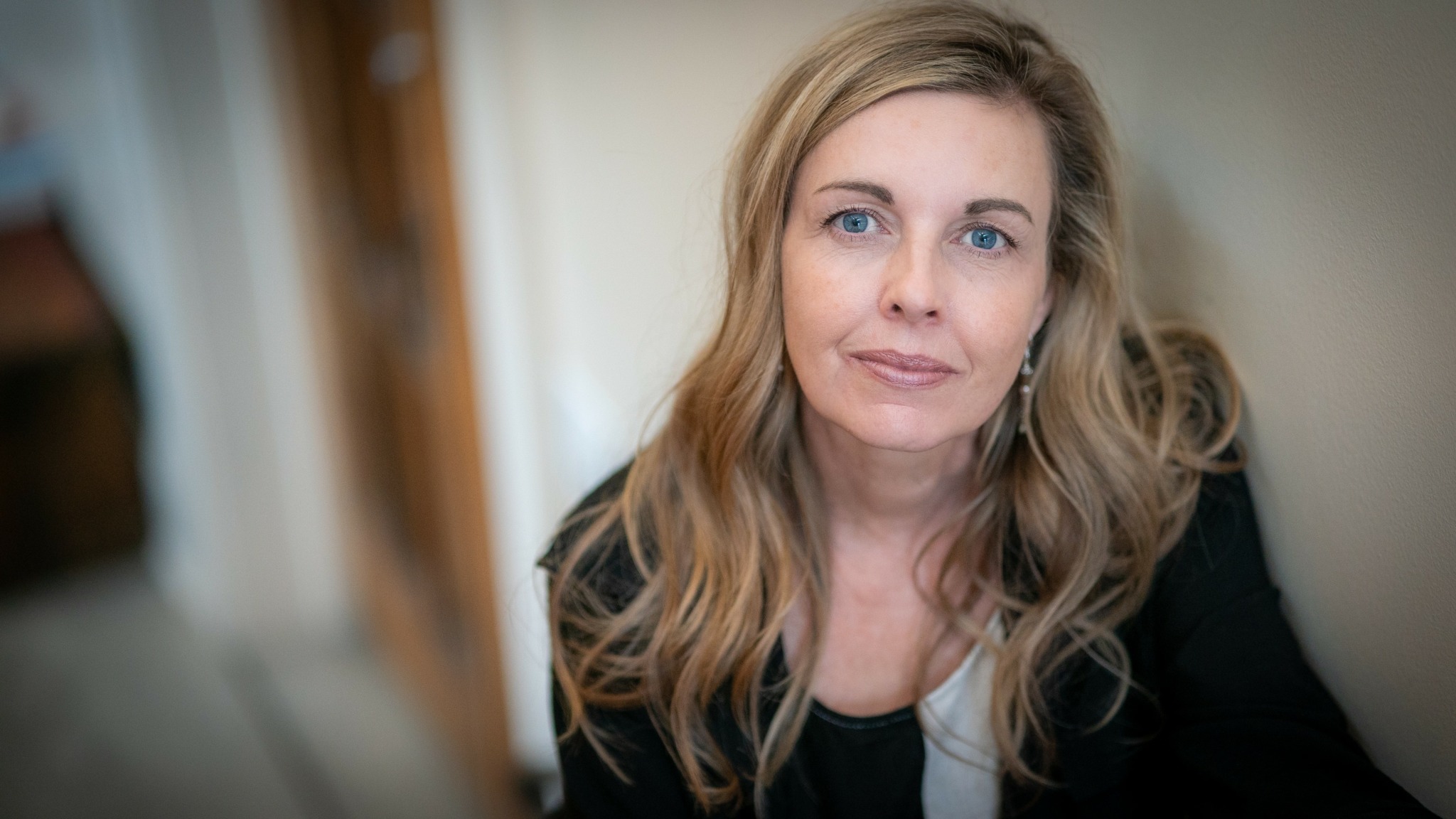Alright – so today we’ve got the honor of introducing you to Michelle Player. We think you’ll enjoy our conversation, we’ve shared it below.
Michelle, thanks for taking the time to share your stories with us today What’s been the most meaningful project you’ve worked on?
In the early 2000’s, teens were discovering a world in which human connection and information distribution was readily accessible. My students were quick to join the sprint to attractively brand themselves to compete in a most judgmental market, incognizant of the damage their fixation to their devices would ultimately inflict on our society.
Our kids changed as they were infused into an unprotected world of disinformation, cyber bullies, sexual predators, obsession with validation, body image issues, anxiety, depression, and loneliness. Once this “Pandora’s Box” opened, I understood that my students would be challenged to find the self-validation and empathetic practices necessary to thrive as developing individuals. I could not defeat this unraveling of humanity but recognized that in my privileged position as an educator, I could, at the very least, plant a seed in their impressionable minds. Therefore, “Sheep: the Social Media Project” was born.
Step 1: It was imperative to enlighten my students, who ranged in age from 13 to 22, about the research surrounding social media. Many did not believe the statistics, particularly the one that indicated that teens were spending approximately nine hours a day on their devices. We had numerous intimate discussions regarding their negative experiences from engaging in on-line media.
Step 2: After considering the data, I convinced my students to unplug from their devices for a minimum of one week. Most chose to refrain from social media for much longer than the suggested time and a few succumbed to their addiction within 24 hours. However, all of my students agreed that the experiment proved several valid points supported by the research.
Step 3: We spent hours of studio time improvising movement suggestive of the content and emotion. Our finished product had multiple sections of purposeful improvisation.
Step 4: Improvisational movement was threaded into choreography to create a 30-minute piece. The voice of a young girl read the narration that was written from the perspective of an unassuming victim of the social media platform. The brutal honesty in her story was intentional and always provoked an emotional reaction from both dancers and audience.
Step 5: The research had to be implemented into the choreography. The hope was that the power of live performance art would serve as a catalyst for an engaged audience. We knew that if our audience watched, they may listen. And if they listened, they may feel. And if they felt, they would be more equipped to make positive change.
Step 6: The Social Media Project, wittingly entitled “Sheep,” was set on various dance companies and performed in several school districts and venues across the state. The feedback from other teens, teachers, and principals was overwhelming and inspiring. The response that touched me most deeply, however, came from a mother of a teen daughter. She wanted me to know that the influence of our message had given her daughter the motivation to change her social media habits; making the air in their household feel much lighter. She concluded that “…with tears rolling down my face, I realized the impact of dance, especially when a powerful message is being told…I thank you for that.”

Great, appreciate you sharing that with us. Before we ask you to share more of your insights, can you take a moment to introduce yourself and how you got to where you are today to our readers.
I was born a “Studio Brat”, as they say. A daughter of a dance studio owner, my life was always a performance. I danced my way through high school and college, finding choreography to be my devotion. I invariably recognized the power that choreography held; the platform in which to tell a story or send a message. My objective as a choreographer, was to ensure that my audience felt something when viewing my work.
After earning a Master’s of Arts in Teaching, I was invited to join the staff of my alma mater, Kearns High School, as a language arts teacher as well as the co-director of the dance department. Proudly, my 18 years at Kearns allowed me to experiment with choreography, develop a multi- dance style program, and ultimately grow a department to become the largest in the state.
I retired from Kearns High to more rigorously explore choreography. I became a free-lance choreographer and had the privilege of setting pieces on multiple companies. My work afforded me several choreography awards and recognition for its entertainment value.
Free-lance work in choreography certainly had its challenges. Work was not consistent and therefore not economically viable. To supplement my income, I taught regular and master classes at various studios. I also found that marketing myself as a choreographer was not an acquired skillset and often left me humbled.
As the esteemed organization of Utah’s own Ballet West began to expand its locations, I was offered a position to teach in the trainee program in the Contemporary Arts Department. In the three years I worked for Ballet West, I most valued teaching for the Summer Intensive Programs where I worked with a diverse group of students who were enthused to explore concepts of contemporary improvisation and choreography development.
In 2019, my spouse and I made the difficult decision to uproot all that was familiar and move to the small mountain town of Durango, Colorado, without a mall. The pace of life tempered. My appetite for a creative outlet did not. I have always been a storyteller and found great satisfaction in the human connection prompted by sharing stories. Therefore, I have reshaped my choreography to live not on the dancer, but on the written word. I have become a published author and plan to continue delivering my audiences with stories worth telling.

How about pivoting – can you share the story of a time you’ve had to pivot?
My 30-plus years as a teacher/choreographer afforded me the privilege to stay connected with young minds, bodies, and souls. It kept me in a world where only I aged and my students were forever young. I found youthfulness to be intoxicating. As youth slowly disappeared from my body, I gripped tighter; not willing to accept my aging fate. This caused a tremendous amount of anxiety about my value and capabilities as my body seemed to fail my grace, strength, and endurance. Superficially, I found it difficult to stare in the studio mirror and suffer self-comparison to the youthful bodies I stood beside.
We live in an unforgiving and ageist culture. I was not prepared for the repercussions I would experience, especially as a woman, for simply aging. Many dancers, performers, and athletes succumb to the pressure and anxiety about their bodies losing performance capability and they often abandon their craft in fear of losing their self-worth. I, in fact, left my career in search of a new means to which I could be artistic without exerting my body as the main instrument to my creative pursuits.
I retired from studio work and planted myself into the mountains of Colorado where I am reminded daily of the natural rhythm of life. Separated from my dance community in Utah and spending solo time on mountains and trails, I was finally able to give myself permission to age. I also had to renew my relationship with dance, and now we get along well in my living room and wherever music is playing. And whether by coincidence or destiny, a new and much older audience came into my life to demonstrate and teach me how to love my aging self. As a volunteer and eventual employee at a local Assisted Living Center, I have poured by energy into aging research and writing, which has resulted in my book, “Glass Moon, A Reflection of Every Woman’s Courageous Battle with Aging.” At age 54, I am proud to bear many titles; mom, daughter, wife, friend, mentor, teacher, artist, storyteller, and the most important, a woman who is growing old with grit and elegance.

What’s the most rewarding aspect of being a creative in your experience?
The rewards of being an artist are vast, making a summation of its greatest benefit a bit difficult. But as artists do, I will attempt to answer a monumental question in a most tantalizing way: Being creative feels good. That’s right… the endorphins provoked by creating something that is so personal and emotive brings me pure joy and contentment. Eating dark chocolate or floating a lazy river in the warm sun; those, too, can make us feel good. But what sets creativity apart from all other pleasures is the ownership the artist takes in her creation. Whether the creation is an idea, composition, visual, or performance art, having ownership yields accountability. And being accountable or responsible for a creation offers purpose. Seeking purpose is a natural human tendency as we continually strive to find reasons for that which we may not fully comprehend. Therefore, feeling purposeful is undoubtedly a most comprehensive and gratifying emotion. Without weaving any more philosophical threads into my response, I will simply conclude that being an artist feels good and purposeful.
Contact Info:
- Other: [email protected]




Image Credits
Paige Sparks


